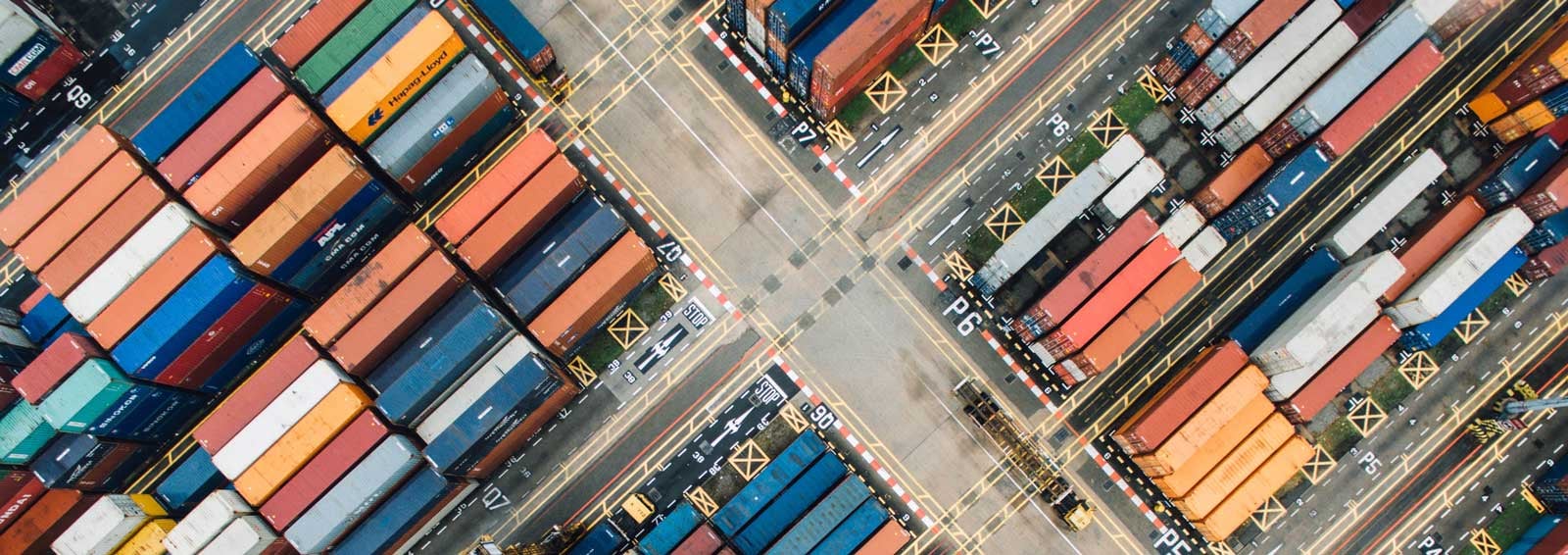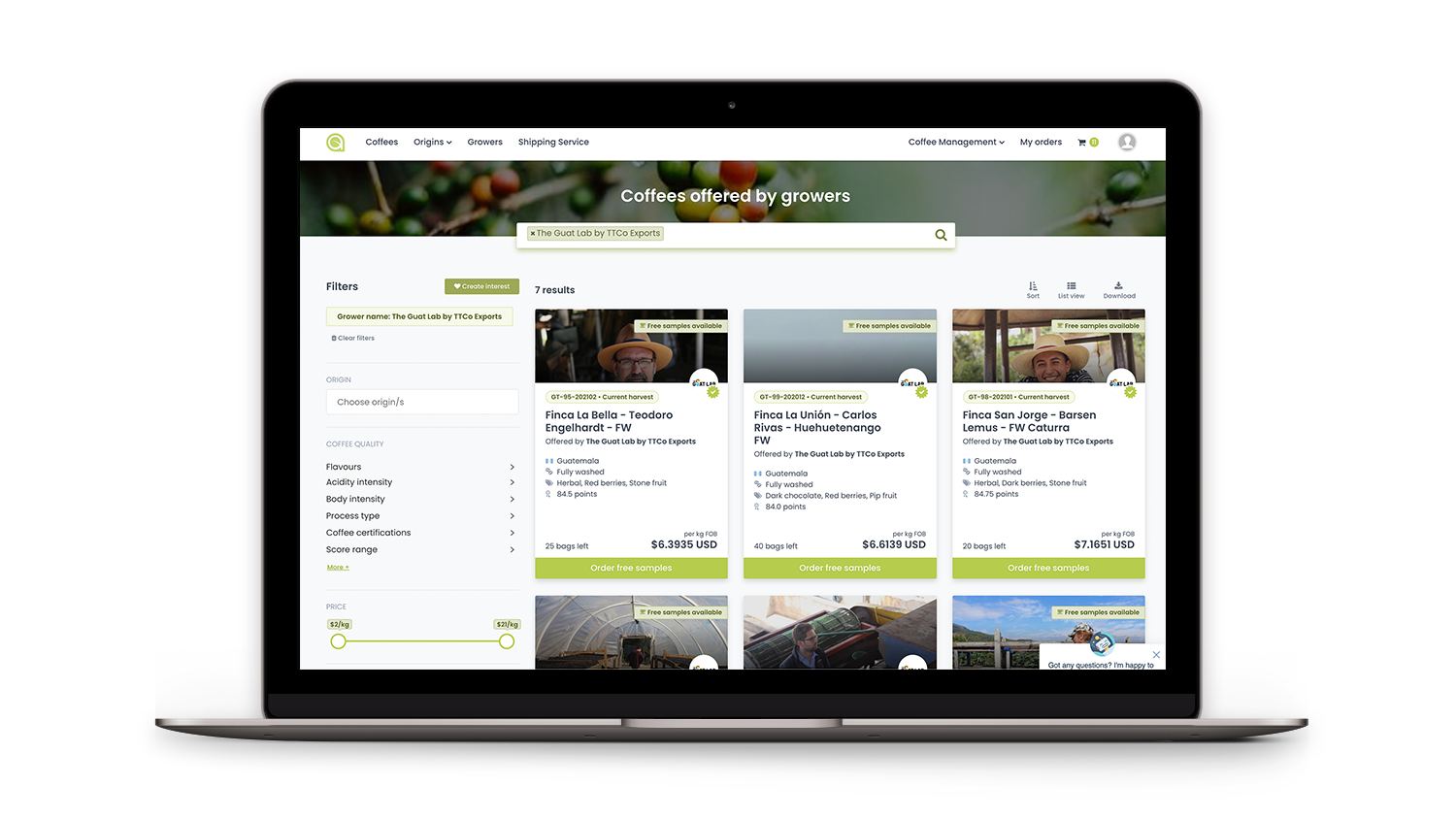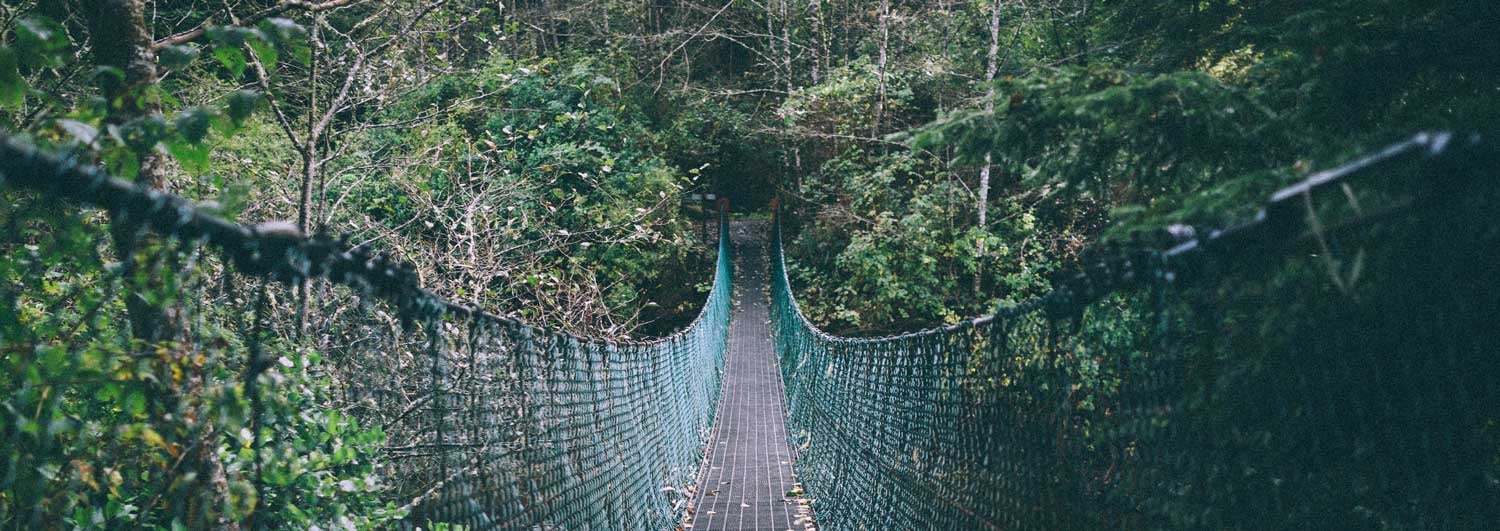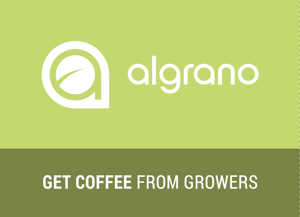This May, Algrano hosted an Instagram Live with Mario Alarcon and Christian Starry of The Guat Lab in Guatemala. The main topic of discussion was supply chain uncertainty. The coffee industry continues to struggle with retail disruptions caused by the pandemic, which in turn led to great supply chain volatility. Though it can be hard to find a silver lining in all this, COVID has had an unexpected equalizing effect. Suddenly, we were all in the same boat.
In 2020, uncertainty became perhaps as big a problem for roasters as it is for growers. Covid brought it close to home and, if anything, it helped us better understand what growers go through on a regular basis. Uncertainty is baked into the traditional coffee trade with producers bearing most of the risk. However, there are many ways in which this can be improved. After many years exporting directly to roasters, Mario and Chris listed the best tried and tested ways in which growers and roasters can support each other.
- Plan ahead. Producers prioritize pre-orders and plan their harvest to suit existing clients. Only when pre-orders are taken care of they can evaluate requests from new roasters
- Know what you want, from cup quality to volume, time of delivery and price range, and communicate it clearly. This helps producers choose the best samples to send you, saving you time in cupping and feedbacking
- Put yourself in the other’s shoes. Tell each other what is happening in your businesses so you can both see from the other’s angle and find common grounds
- Develop long term relationships. The more you know each other and the easier it is for growers to know which processes to focus on and for you to get the coffees you need
- Don’t leave things until the last minute. If everyone was to wait until the last minute to choose their coffee all shipments would be late and buyers would have gaps with no coffee to roast
Plan ahead
“At the beginning of the harvest, producers don’t necessarily know where they will sell their coffees,” Christian explains. By having established relationships, buyers can inform them of what they need ahead of time. It works as a pre-order and doesn’t need to be formal as a contract. “This allows producers to relax. Now that processes are a big thing, it also gives you a better idea of which processes to do.”
Mario and Chris also use data from previous sales to plan what to do with the rest of their crop. If naturals sold better last year, then they will do more naturals. If there is less historical data and they will have to rely on the local market, then they will focus on washed coffee. “The local market is a bit behind [on processes]. Big exporters and local shops see them not quite as a mistake but not as the traditional Guatemalan taste. It is harder to sell. And processes are much more expensive [to produce] than washed,” they say.
Communicate what you want clearly
With a great deal of experience as roasters themselves, Mario and Chris have a pretty good idea of which coffees would be best suited for blends, single origin espressos and filter options. “If we don’t have much of a description or idea of price we will send 10 or 12 samples, which might be confusing. Sometimes you need to send a second time, which increases costs.”
On top of that, some producers don’t like to sell a small number of bags “because the prices we manage are FOB and producers run with the exporting costs, so the less they sell the higher the cost per bag”. So having a price range, estimated volume, preferred taste notes and use for the coffee is incredibly important for growers as it allows them to curate a coffee for you.
Put yourselves in each other’s shoes
Waiting for feedback can trigger what Mario and Chris call “a crisis mode” on a producer. “The time they have to wait is a time when farmers are very nervous because they are not selling to other places or the local market,” Chris tells us. Both of them know that each grower enters the crisis mode at a different stage and that this is influenced by cash flow and buyers network. So if a roaster needs to take a long time to decide, they need to consider what kind of producer they should partner with and tell them how long they will need.
However, Chris and Mario also know roasters have a lot on their hands. Especially now when so much staff has had to be laid off, including many green buyers, and roasteries are having to run on a much smaller number of people. “Even though a producer wants an answer quickly everyone has put themselves in the other’s shoes because the producer’s need doesn’t mean the roaster will actually be able to cup before doing other things,” says Chris.
Develop long-term relationships
All the issues raised above can be made a lot simpler through long-term relationships. “Last year, a roaster told us he didn’t know what the situation was for his company. He said ‘I know we agreed on a certain amount of coffee from a producer, so I have two options: I can buy it this year and not next year or I can not buy or drop what we discussed significantly this year and purchase again next year’,” Chris remembers. “It was June, so late in the sales period, so the producer decided to sell last year and not the following year. But this allowed them the opportunity to decide.”
Sending samples is also much quicker when there is a relationship, especially from the third year onwards. By that time, Mario and Chris say they already know if the roasters favour clean washed lots over funky anaerobics and vice-versa. They will process a batch thinking of a specific client. Last year, for example, Mario had a great 100-hours anaerobic coffee. This year his crop was smaller and roasters didn’t get in touch about the anaerobic, so he focused on more traditional methods.
Don’t wait until the last minute
Everyone is busy. At Algrano, for example, there are weeks in which we receive hundreds of samples and some have to be roasted and cupped multiple times. Growers and roasters are the same. Though we all know we might not be able to do things as fast as the other party would want, we need to bear in mind we should do it as fast as possible. If you have time to cup a sample Friday, don’t leave it until Monday.
“When you are on the roaster side it [waiting a few days] probably doesn’t seem like much,” says Chris. “But those 4 to 5 days affect the exporting process a lot because at the end, with all roasters, it adds up. If another roaster is 6 days late it starts to accumulate. If we do a container with 20 coffees for 30 roasters and one is behind in the cupping it will affect all the others and the time of shipping.” In times of COVID, with all the shipping lines full, this is something to be extra careful about.
***
Check out the coffees from the GuatLab. Get your samples and send your feedback to Mario and Chris.
Missed the Instagram live discussion? You can watch it here ⬇️






Let Us Know What You Thought about this Post.
Put your Comment Below.